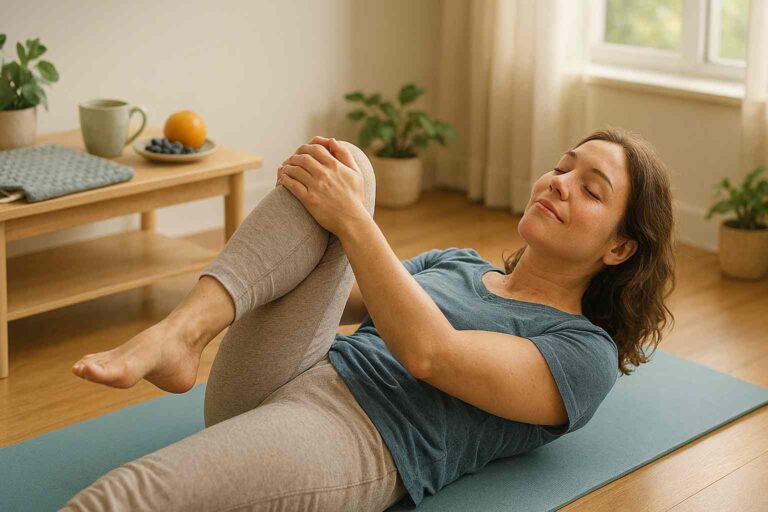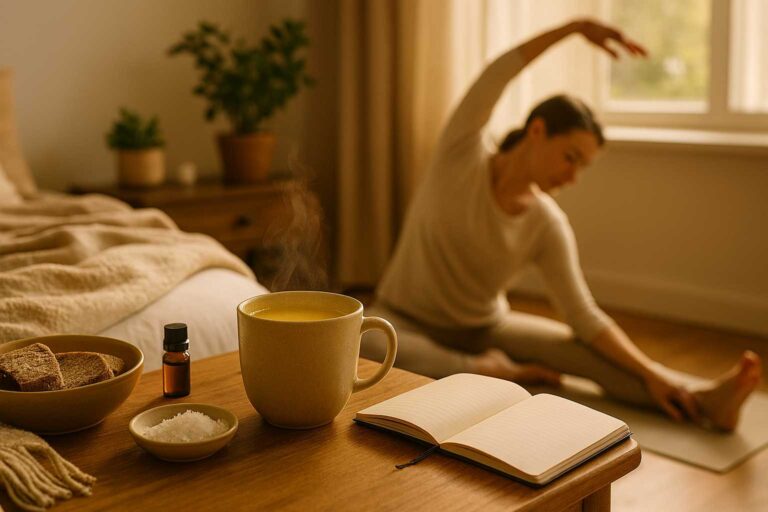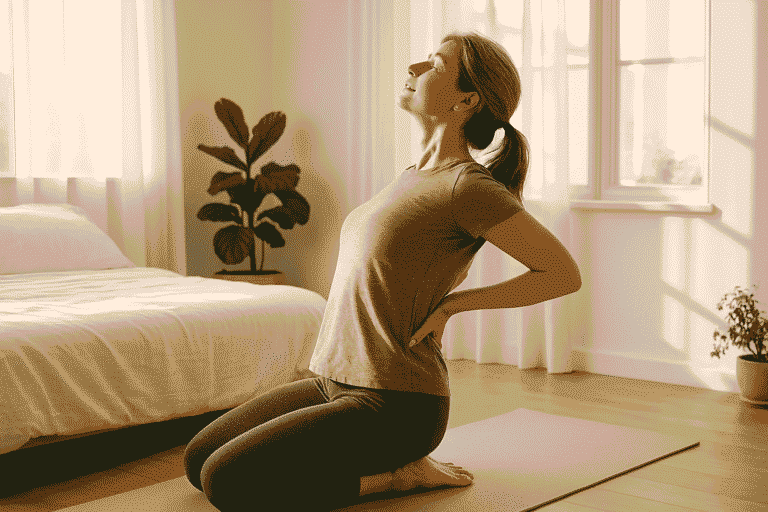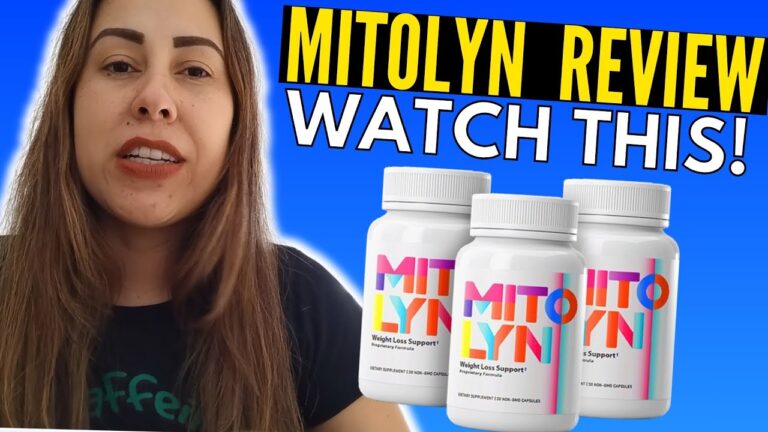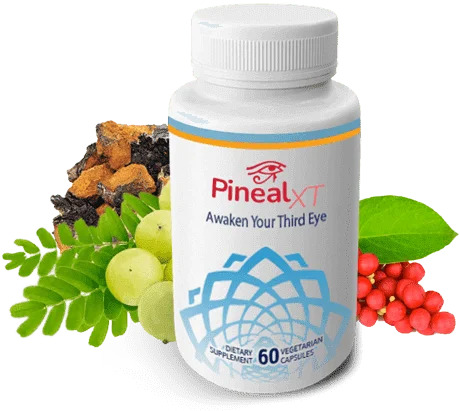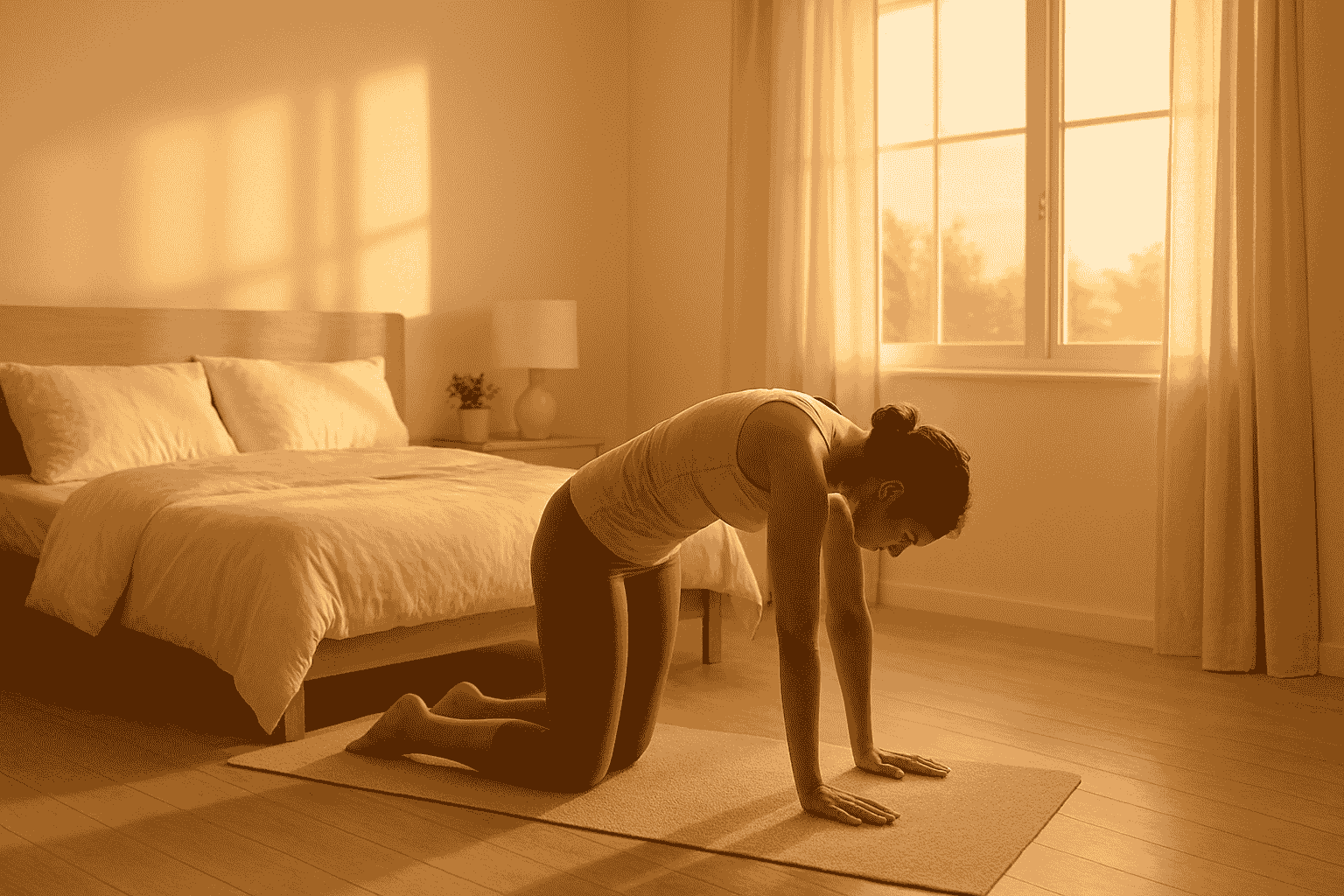
Natural Remedies for Lower Back Pain
Stop suffering from back pain! These 15 natural remedies are backed by science and provide real relief without harsh medications or expensive treatments.
I still remember that one Tuesday morning. I woke up and felt this sharp, relentless pain stabbing through my lower back. Standing up was a challenge, let alone making it to work. Sound familiar? If you’ve ever dealt with back pain, you know it’s not just physical—it’s frustrating, exhausting, and sometimes makes even simple daily tasks feel impossible.
Believe it or not, around 65 million adults in the U.S. are dealing with back pain right now. That’s roughly four out of every ten people. Yet most of us reach for quick fixes like painkillers, ignoring a huge range of natural remedies that can actually relieve pain and improve mobility—without nasty side effects.
Over the years, after my own battle with chronic back pain, I experimented, researched, and tested dozens of solutions. What I discovered completely changed how I approach back health. These remedies aren’t gimmicks—they’re practical, often free, and many are backed by scientific studies.
Let’s dive in.
Why Your Back Hurts (And Why It Matters)
Before tackling remedies, it’s important to understand why back pain happens. The majority—around 90%—of back pain cases aren’t due to serious conditions like tumors or fractures. Usually, it’s your muscles, ligaments, or joints sending distress signals because of:
- Sitting hunched over a desk for hours
- Lifting heavy objects incorrectly
- Sleeping on an unsupportive mattress
- Stress, which tightens muscles subconsciously
- Weak core muscles or lack of fitness
- Poor posture that’s become second nature
The good news? Your body is naturally designed to heal. Sometimes, it just needs a little help in the right direction.
1. Move, But Gently
The first instinct is often to lie down when your back hurts, but gentle movement is one of the most effective remedies. Even a short 10-minute walk can stimulate blood flow, ease muscle stiffness, and kickstart healing.
Water-based exercises are even better if possible. The buoyancy reduces pressure on your spine while allowing free movement. I’ve seen friends who could barely walk on land doing swimming exercises and feeling immediate relief.
2. Yoga: Ancient Practice, Modern Benefits
Yoga isn’t about twisting yourself into impossible positions. Simple poses such as Cat-Cow, Child’s Pose, and gentle spinal twists can release tension and improve flexibility.
What makes yoga powerful is the focus on breathing. Deep, mindful breathing relaxes the nervous system and reduces muscle tightness. Even a 10-minute daily routine can make a significant difference.
3. Heat and Cold Therapy
Temperature therapy is simple but effective:
- Cold therapy: Great immediately after an injury. It reduces inflammation and numbs the area. A bag of frozen peas wrapped in a towel works perfectly.
- Heat therapy: Better for chronic stiffness and tension. Increases blood flow and relaxes muscles. Use a heating pad, hot shower, or warm bath with Epsom salts.
Alternating between heat and cold for 15 minutes each can stimulate circulation and speed healing.
4. Massage: Human Touch Heals
Massage isn’t a luxury—it’s medicine. Studies confirm that massage reduces pain intensity and improves mobility. You don’t need a spa; a simple tennis ball against a wall can release muscle knots. Place it on tense spots, gently lean, and hold for 20–30 seconds.
Partner massages work even better. Slow, firm strokes along the muscles (not the spine) for 10–15 minutes can trigger natural endorphins that relieve pain.
5. Correct Your Posture
Poor posture is a silent contributor to back pain. Think of your spine as a tower of blocks: if one block shifts, the entire structure wobbles. Correct posture supports all other remedies:
- Imagine a string pulling the top of your head upward
- Keep shoulders relaxed and back
- Engage your core lightly
- Distribute weight evenly when standing
Small adjustments can reduce stress on the spine significantly.
6. Stress Reduction
Emotional tension often manifests as physical pain. When stressed, muscles contract, creating chronic tension.
Simple breathing exercises can make a big difference: inhale through your nose for 4 seconds, hold for 4, exhale for 6. Repeat 8–10 times. Meditation, mindfulness, or even a quiet 5-minute break can reduce pain perception naturally.
7. Anti-Inflammatory Foods
What you eat directly affects inflammation in your body. Anti-inflammatory foods help ease pain and support tissue repair:
- Fatty fish like salmon and sardines (omega-3s)
- Leafy greens and colorful vegetables
- Turmeric and ginger
- Nuts and seeds (walnuts, flaxseeds)
Reduce processed foods, sugar, and excess alcohol to prevent flare-ups.
8. Sleep Well
Sleep and back pain influence each other. Proper sleep positions reduce strain:
- Side sleepers: pillow between knees
- Back sleepers: pillow under knees
- Stomach sleepers: ideally avoid; thin pillow under hips if necessary
A supportive mattress and a dark, cool room improve sleep quality and promote healing.
9. Footwear Matters
Shoes affect spine alignment. Poor footwear, high heels, or worn-out sneakers can cause or worsen back pain. Look for:
- Arch support
- Cushioning
- Low heel
- Proper fit
Orthotics can correct foot issues that travel up to the back.
10. Optimize Your Workspace
Desk jobs can silently damage your back:
- Monitor at eye level
- Feet flat on the floor or on a footrest
- Elbows at 90 degrees
Take breaks every 30–60 minutes to stand, stretch, or walk.
11. Daily Stretching
Stretching maintains mobility and reduces tension:
- Hamstring stretch: Lie on back, towel around foot, gently straighten leg
- Hip flexor stretch: Lunge position, push hips forward gently
- Piriformis stretch: Cross ankle over opposite knee, pull thigh toward chest
Hold each 30–60 seconds, breathe deeply, and never force movements.
12. Topical Relief
Apply natural creams or oils to target pain areas:
- Menthol-based rubs (cooling)
- Capsaicin cream (from chili peppers, reduces pain signaling)
- Arnica gel for muscle soreness
- Peppermint, lavender, or eucalyptus oils
Massaging also improves circulation and provides mild relief.
13. Stay Hydrated
Your spinal discs are mostly water. Dehydration stiffens them, making the spine less effective at cushioning movements. Aim for 8–10 glasses daily and monitor urine color—pale yellow is ideal.
14. Mind-Body Techniques
Techniques like tai chi, progressive muscle relaxation, and guided imagery help your brain release endorphins and retrain the nervous system to manage pain naturally. Even 10–15 minutes daily can have measurable benefits.
15. Consistency is Key
None of these remedies provide permanent relief if tried only once. Start small, like walking daily, stretching, and improving sleep. Track what works in a simple journal. Over time, these habits compound into long-term pain reduction.
When to See a Doctor
While most back pain responds to natural methods, consult a healthcare provider if you experience:
- Severe, persistent pain
- Numbness, tingling, or weakness in legs
- Loss of bladder or bowel control
- Pain after injury or fall
- Fever with back pain
FAQs
1. Can natural remedies replace medication?
Often yes, for mild to moderate pain. Severe or sudden pain may still require medical intervention.
2. How fast do natural remedies work?
Cold therapy, stretching, or massage can provide quick relief. Long-term benefits from yoga, posture, and diet may take weeks.
3. Are there risks?
Overstretching or incorrect technique can worsen pain. Start gently and pay attention to your body.
4. Should I continue natural remedies if I see a doctor?
Absolutely. They complement professional care and can improve recovery.
5. Which remedy is most effective?
It depends on the person. Many find a combination—movement, heat/cold, stretching, and diet—works best.
Final Thoughts
Back pain is common, but it doesn’t have to control your life. Using natural remedies, improving posture, and making lifestyle changes can reduce pain, enhance mobility, and prevent flare-ups. Start small, stay consistent, and gradually build a personalized toolkit. Your back will thank you.
Dr. Sonya, founder of ColibriCreation.com, is a respected health expert from the USA with a deep passion for holistic wellness, natural remedies, and evidence-based health education.
